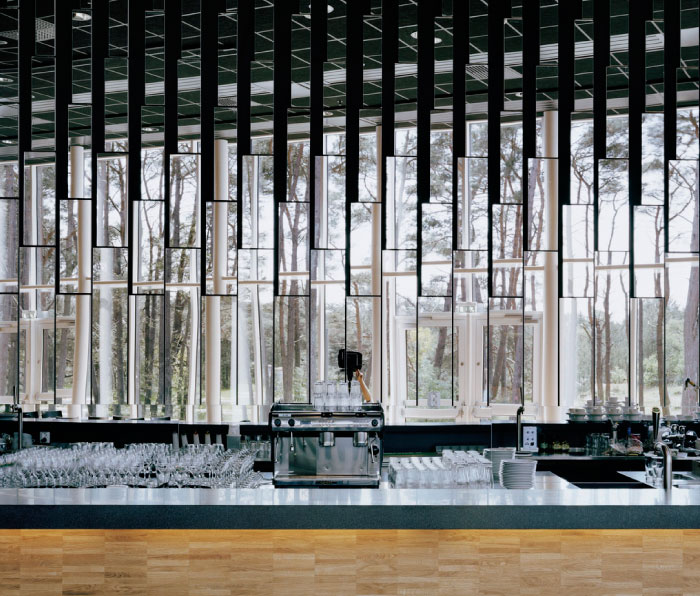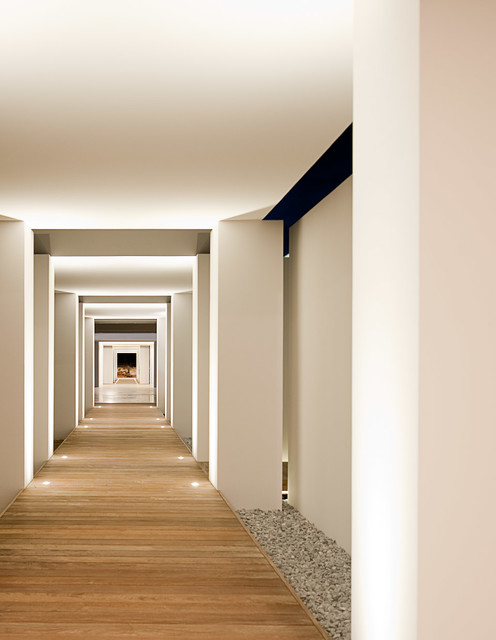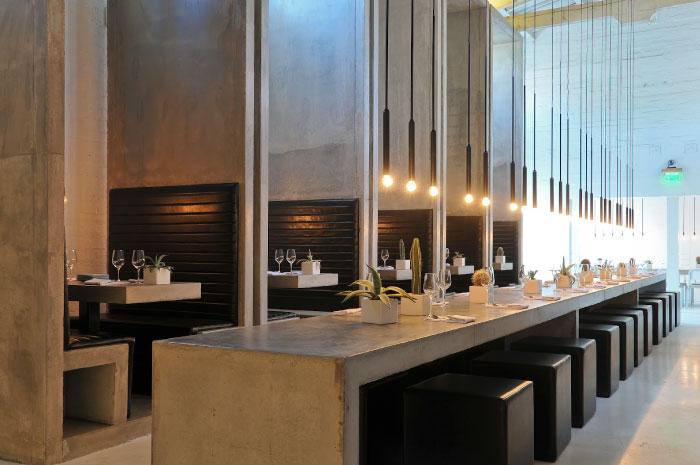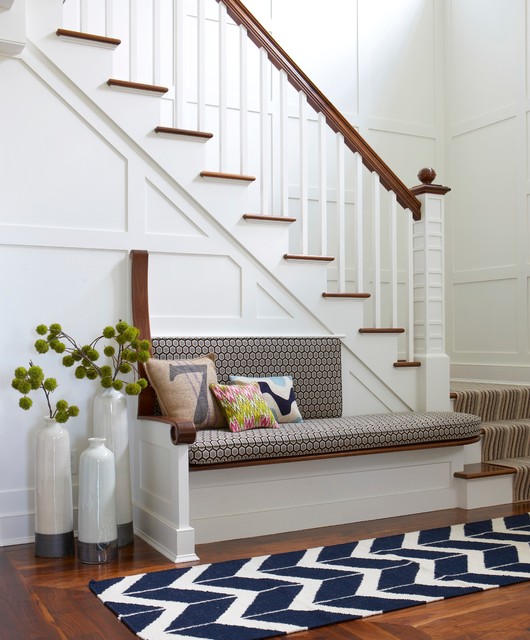We spend a lot of time talking about breaking interior design down into its distinct componentsfurniture textiles wall art etcbut in the end successful designs occur when each of those parts comes together to form a unified whole. See more of radiation rhythm on facebook.

What Is Rhythm In Interior Design Learn To Apply Tilen Space
In interior design rhythm carries the eye along a path at a pace determined by the elements that illustrate it.

. Progression is taking an element and increasing or decreasing one or more of its qualities. Whether visual or auditory the principle of rhythm repetition and movement is defined as a sound or sight that is repeated in an orderly fashion. Rhythm created by a gradual change in size or color.
Incorporating these mechanisms into your interior youll be able to create a sense of. Examples are a gradation of colour or a series of objects that start small and become large in a very regular manner. In interior design rhythm is all about repetition of design elements that help to create movement within a space.
Repetition refers to the repeated use of the design elements like color texture and pattern or any other physical attributes like home décor items in. It allows for unity and evolving variety in a design. How do interior designers use rhythm.
Like rhythm in music rhythm in design brings a sense of movement to a space. When this principle is applied to music think of the repeated beat in a song that created a musical pattern. Rhythm can be achieved in any living space by following these three methods Repetition Alternation and Progression.
In interior design rhythm is all about repetition of design elements that help to create movement within a space. Rhythm may be applied in bold statements that make an obvious suggestion about a path of travel or more subtly applied to move your eye about a space without you even realizing the rhythm is there. It is defined as continuity recurrence or organized movement.
Rhythm is also used to establish a continuity and flow within a room. Dining Chairs Chandelier The Psychological Benefit of Rhythm. What does rhythm by gradation mean in interior design.
In order to achieve rhythm in your own homes design youll have to think about repetition progression transition and contrast. Progression 45 Interior design elements placed according to size from smaller to bigger ones or perhaps according to the gradient of their colours. Rhythm can also be achieved through progression.
To achieve these themes in a design you can use repetition of lines forms colours or textures. The eye wants stimulation and variety but this needs to be balanced with the repetition of other elements. Shop a similar look.
Repetition and Rhythm in Interior Design. It carries the eye along a path at a pace that is comfortable for the viewer. Rhythm by gradation or progression.
You can repeat a pattern colour texture line or any other element. Here are the five basic types of rhythm in interior design of which I will give examples of. Rhythm can also be created by progression transition or contrast.
Serious interior designers should not stop until they feel the appropriate level of rhythm was achieved within a space. Rhythm may be applied in bold statements that make an obvious suggestion about a path of travel or more subtly applied to move your eye about a space without you even realizing the rhythm is there. In Interior Design rhythm is all about visual pattern repetition.
When applied to an interior design rhythm is achieved by the repetitive use of.

How Does Rhythm In Design Engage Your Eyes Your Own Unique Decor

Interior Design Principles Rhythm Art Life Fun New Zealand

Principles Of Interior Design Part 2 Rhythm

How Does Rhythm In Design Engage Your Eyes Your Own Unique Decor

5 Ways Rhythm Engages Your Eye



0 comments
Post a Comment